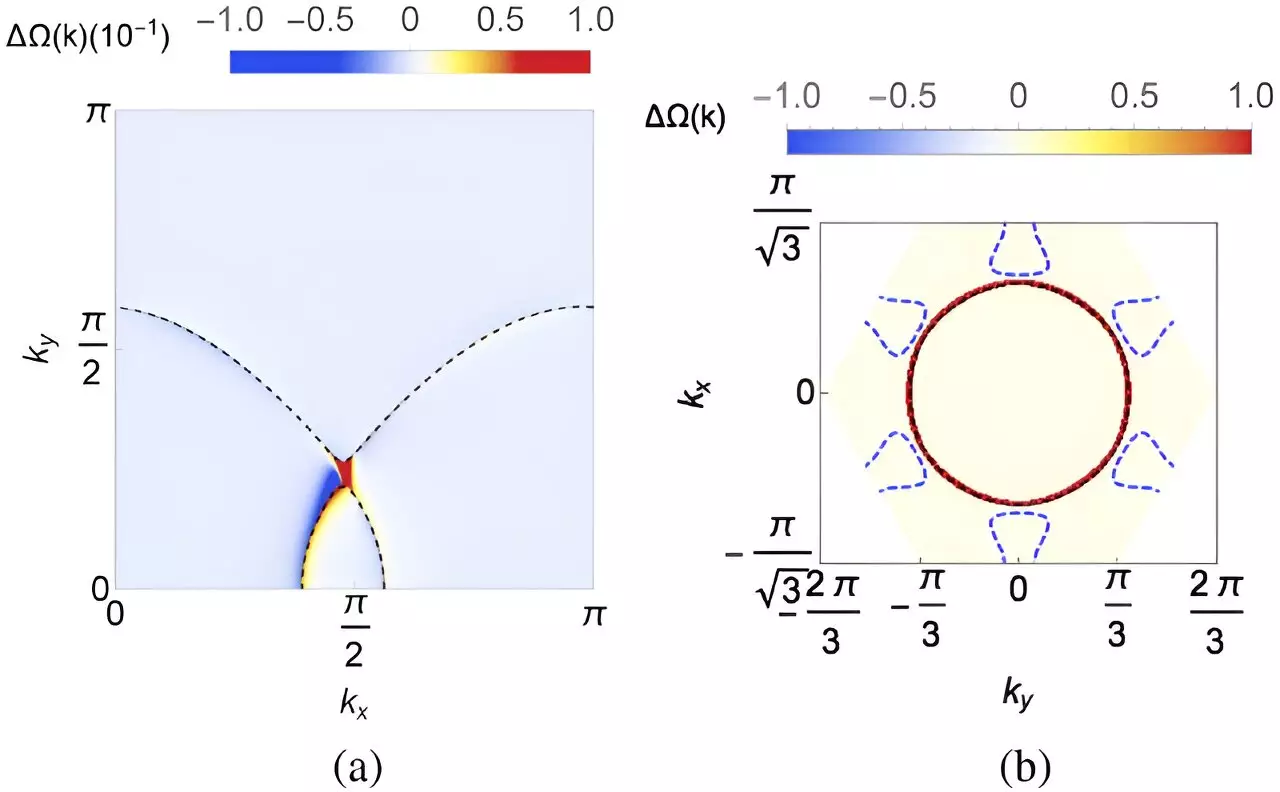Recent revelations from a study spearheaded by Rice University physicist Qimiao Si have paved the way for a deeper understanding of quantum critical metals and their foundational role in electronic device innovation. This research, published in the prestigious journal Physical Review Letters on September 6, offers fresh insights into the complex interactions that govern electron behavior within quantum materials. What makes this study particularly intriguing is its exploration of phenomena such as Kondo coupling and chiral spin liquids which converge in uniquely structured lattice environments. Such findings throw open new avenues in creating electronic devices with exceptional sensitivity, expanding the horizons of quantum technologies.
At the crux of Si’s research lies the idea of quantum phase transitions, akin to water transitioning between solid, liquid, and gas forms, yet governed by the unpredictable principles of quantum mechanics. As environmental factors shift, electrons in these materials can experience changes in their phases, leading to unforeseen and complex behaviors. In stark contrast to classical mechanics, where states are more predictable, quantum mechanics introduces vital concepts such as quantum fluctuations and electronic topology. The peculiar nature of these fluctuations persists even at absolute zero, indicating a profound complexity in how these particles behave under different conditions.
Quantum phase transitions result in what is termed as quantum criticality—an unusual regime where material properties are dramatically altered. These properties can include variations in electrical conductivity and magnetism, offering promising advantages for future material science applications.
The research team, in collaboration with physicist Silke Paschen from the Vienna University of Technology, conceptualized a model to disentangle the intricate dynamics of electron interactions. This model illustrates two distinct categories of electrons: one set moves sluggishly, comparable to vehicles trapped in gridlock, while the other travels at high speeds, akin to those in an expedited lane. The paradox here is that while the slow-moving electrons may appear static due to their lattice structure, their spins can take on various orientations, leading to geometric frustration, as explained by Si.
This frustration crucially contributes to the emergence of a quantum spin liquid—a phase where spins exhibit a fluid-like configuration, characterized by chiral properties that impart a directional bias in time. This coupling with the fast-moving electrons leads to notable topological effects, culminating in a new phase known as the Kondo phase. During this phase, the spins of the slower electrons become locked to the faster-moving counterparts, revealing a stunning interplay between topology and phase transitions.
One particularly enlightening outcome of this study is the comprehensive understanding it provides regarding the Hall effect, a well-documented phenomenon in which an electric current veers in response to an external magnetic field. According to Paschen, the research highlights how an aspect of this effect can be intricately linked with electronic topology. More importantly, the study reveals that there is a striking discontinuity in Hall resistance across quantum critical points, suggesting a profound influence of topology on electron behavior in critical regimes.
Si emphasizes that even minor magnetic fields can elicit a remarkable sensitivity in the Hall effect, which opens up thrilling possibilities for enhancing electronic devices, potentially transforming applications in sectors like medical diagnostics and environmental science. The implications of this research extend beyond theoretical musings, paving the path for practical advancements in technology leveraging quantum materials.
Noteworthy contributors to this scientific project include Wenxin Ding from Anhui University and Sarah Grefe, a Rice alumna currently affiliated with California State University. Their collective efforts highlight the importance of collaboration in navigating the complex landscape of quantum physics in contemporary research.
The revelations emerging from Qimiao Si’s study on quantum critical metals signify a crucial evolution in our understanding of electron interactions in quantum materials. As technology continues to advance, the insights gleaned from this research could have profound implications, opening up new frontiers in the development of ultra-sensitive electronic devices. This pioneering work not only enriches the academic corpus on quantum materials but also heralds potential breakthroughs in real-world applications that could redefine numerous scientific and industrial domains.


Leave a Reply